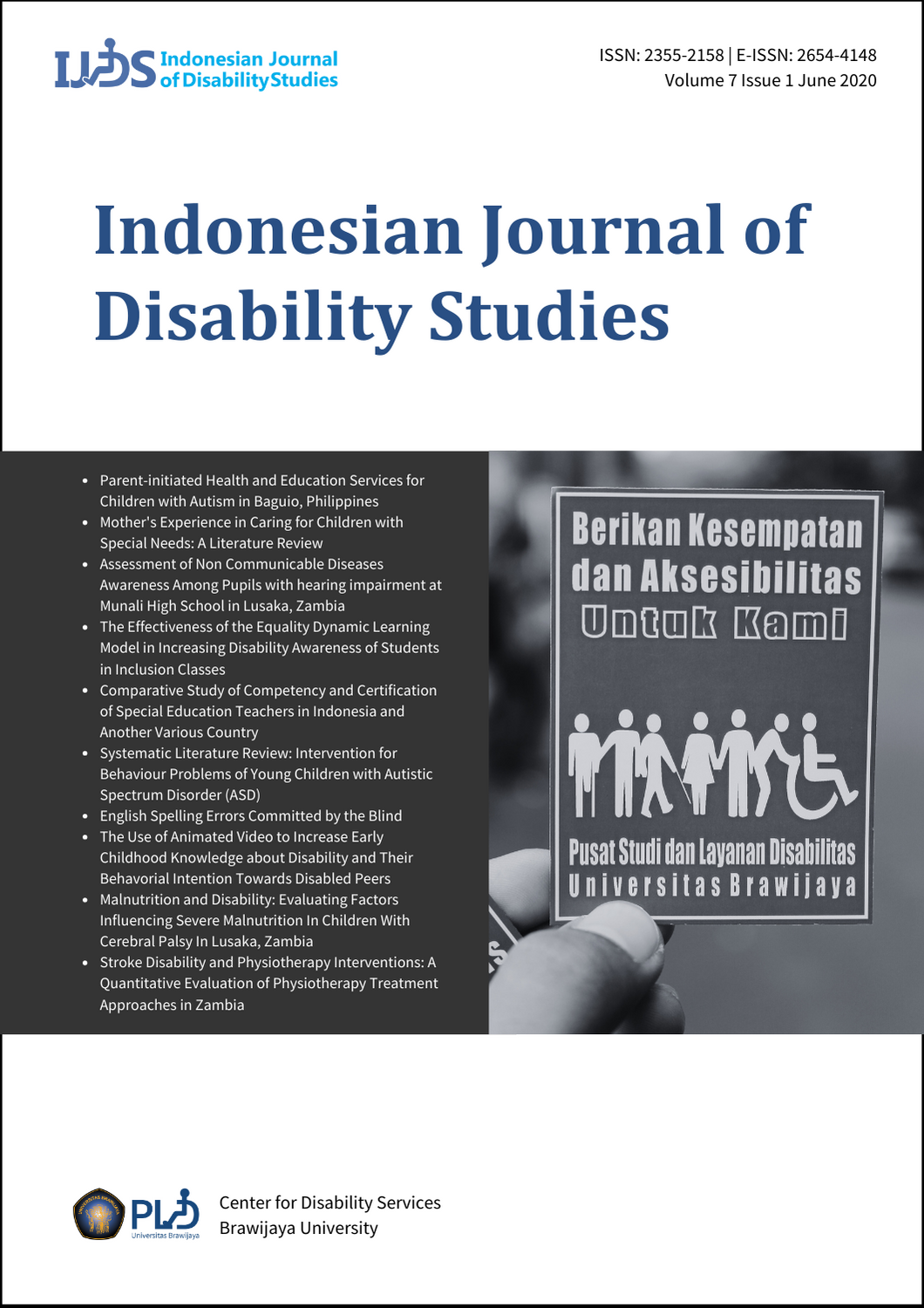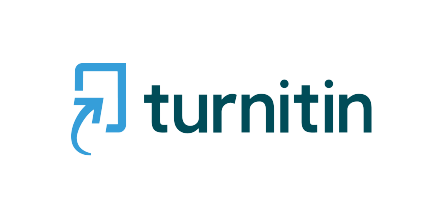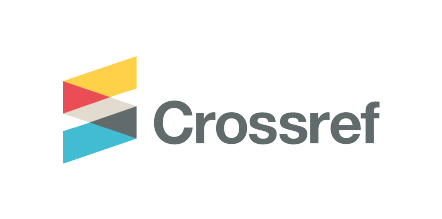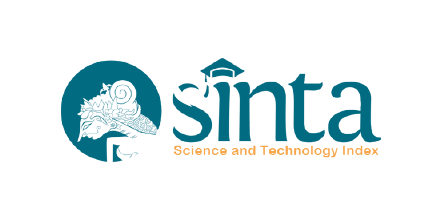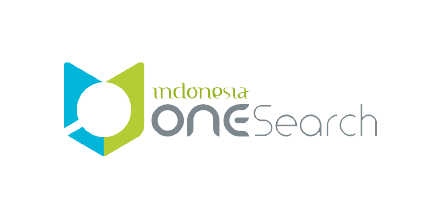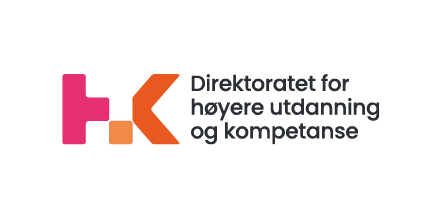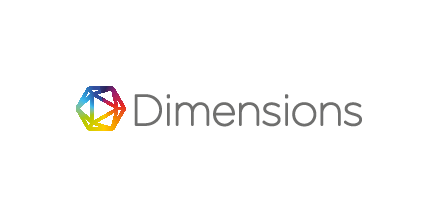The Quality of Life of Hydrocephalus Children With Shunt Implants: Literature Review
DOI:
https://doi.org/10.21776/ub.ijds.2019.007.01.16Abstract
Shunt implant on hydrocephalus children can affect their quality of life, hence, it necessitates a standard instrument to evaluate the children's quality of life. This literature study provides an effective instrument to evaluate the quality of life of hydrocephalus children with shunt Implants. The findings of this literature study reveal that 10 articles fit the inclusion and exclusion criteria. The article reviews reveal several instruments used to evaluate the quality of life of hydrocephalus children with shunt implants, namely, the HOQ, PedsOL 4.0, OHS, HRQOL, mRS and SLHS questionnaires. Based on the findings the pieces of literature can become the basis for providing and developing interventions to improve the quality of life of hydrocephalus children with shunt implantsReferences
Agung. (2016). INA shunt solusi bagi penderita hidrosefalus. 955(September 2009), 1. Retrieved from https://ugm.ac.id/id/berita/12249-ina.shunt.solusi.bagi.penderita.hidrosefalus.
Bawa, M., Sundaram, J., Dash, V., Peters, N. J., & Rao, K. L. N. (2017). Health-related quality of life in children with congenital hydrocephalus and the parental concern: An analysis in a developing nation. Journal of Pediatric Neurosciences, 12(3), 255-258. https://doi.org/10.4103/jpn.JPN_42_17.
Bawa, M., Sundaram, J., Dash, V., Peters, N. J., & Rao, K. L. N. (2019). Health-related quality of life in children with congenital hydrocephalus and the parental concern: An analysis in a developing nation. 2017-2020. https://doi.org/10.4103/jpn.JPN
Dewan, M. C., Rattani, A., Mekary, R., Glancz, L. J., Yunusa, I., Baticulon, R. E., Warf, B. C. (2018). Global hydrocephalus epidemiology and incidence: Systematic review and meta-analysis. Journal of Neurosurgery JNS, 130(4), 1065-1079. https://doi.org/10.3171/2017.10.JNS17439.
Eloqayli, H., & Alyousef, A. (2019). Infantile hydrocephalus: Health-related quality of life outcome following abstract. 50-54. https://doi.org/10.2174/1874205X01913010050.
Gigi, M., Roth, J., Eshel, R., Constantini, S., & Bassan, H. (2019). Health-related quality of life after post-hemorrhagic hydrocephalus in children born preterm. Developmental Medicine and Child Neurology, 61(3), 343-349. https://doi.org/10.1111/dmcn.14012.
Gürol, A., Erdem, Y., & Taşbaşi, F. . (2015). The experienced problems of mothers having children with hydrocephalus: A qualitative study. International Journal of Caring Sciences, 8(2), 435-442.
Iglesias, S., Ros, B., & MartÃn, Ã. (2018). Functional outcome in pediatric hydrocephalus: Results of applying the spanish version of the hydrocephalus outcome questionnaire. https://doi.org/10.3171/2017.8.PEDS16700.
Kahle, K. T., Kulkarni, A. V, Jr, D. D. L., & Warf, B. C. (2016). Hydrocephalus in children. The Lancet, 387(10020), 788-799. https://doi.org/10.1016/S0140-6736(15)60694-8.
Karmur, B. S., & Kulkarni, A. V. (2017). Medical and socioeconomic predictors of quality of life in myelomeningocele patients with shunted hydrocephalus.
Kulkarni, A. V. (2010). Quality of life in childhood hydrocephalus: A review. Child's Nervous System, 26(6), 737-743. https://doi.org/10.1007/s00381-010-1131-0.
Mikkelsen, R., Rødevand, L. N., Wiig, U. S., Zahl, S. M., Berntsen, T., Skarbø, A. B., … Wester, K. (2017). Neurocognitive and psychosocial function in children with benign external hydrocephalus (BEH) a long-term follow-up study. Child's Nervous System, 33(1), 91-99. https://doi.org/10.1007/s00381-016-3267-z.
Mikkelsen, R., Rødevand, L. N., Wiig, U. S., Zahl, S. M., Berntsen, T., Skarbø, A., & Egge, A. (2016). Neurocognitive and psychosocial function in children with benign external hydrocephalus ( BEH ) a long-term follow-up study. Child's Nervous System. https://doi.org/10.1007/s00381-016-3267-z.
NHF. (2018). Facts about hydrocephalus. Retrieved from https://nhfonline.org/facts-about-hydrocephalus/
Nordqvist, C. (2017). “What is hydrocephalus, or water on the brain?. Medical news today. https://www.medicalnewstoday.com/articles/181727.php.
Paulsen, A. H., Lundar, T., & Lindegaard, K. F. (2015a). Pediatric hydrocephalus: 40-year outcomes in 128 hydrocephalic patients treated with shunts during childhood. Assessment of surgical outcome, work participation, and health-related quality of life. Journal of Neurosurgery: Pediatrics, 16(6), 633-641. https://doi.org/10.3171/2015.5.PEDS14532.
Paulsen, A. H., Lundar, T., & Lindegaard, K. F. (2015b). Pediatric hydrocephalus: 40-year outcomes in 128 hydrocephalic patients treated with shunts during childhood. Assessment of surgical outcome, work participation, and health-related quality of life. Journal of Neurosurgery: Pediatrics, 16(6), 633-641. https://doi.org/10.3171/2015.5.PEDS14532
Prakash, P., Dhandapani, M., Ghai, S., Singh, N. V., & Dhandapani, S. (2018). Quality of life among children who had undergone ventriculoperitoneal shunt surgery. Journal of Pediatric Neurosciences, 189-195. https://doi.org/10.4103/jpn.JPN
Preuss, M., Kutsher, A., R.Wachowiak, AMerkenschlager, M.K.Bernhard, & M.Reis. (2014). Adult long-term outcome of patients after congenital hydrocephalus shunt therapy. https://doi.org/10.1007/s00381-014-2571-8.
Rahmayani, D. D., Gunawan, P. I., & Utomo, B. (2017a). Profil klinis dan faktor risiko hidrosefalus komunikans dan non komunikans pada anak di RSUD dr. Soetomo. Sari Pediatri, 19(1), 25. https://doi.org/10.14238/sp19.1.2017.25-31
Rahmayani, D. D., Gunawan, P. I., & Utomo, B. (2017b). Profil klinis dan faktor risiko hidrosefalus komunikans dan non Komunikans pada anak di RSUD dr. Soetomo. Sari Pediatri, 19(1), 25. https://doi.org/10.14238/sp19.1.2017.25-31
Smith, J., Cheater, F., & Bekker, H. (2015). Parents' experiences of living with a child with hydrocephalus: A cross-sectional interview-based study. Health Expectations, 18(5), 1709-1720. https://doi.org/10.1111/hex.12164.
Tully, H. M. (2015). Clinical and surgical factorc associated with increased epilepsy risk in children with hydrocephalus. Pediatric Neurology. https://doi.org/DOI: 10.1016/j.pediatrneurol.2016.02.011
Wong, D. (2009). Buku ajar keperawatan pediatric edisi 6. St Louis, US: Mosby Yearbook Inc Us.
Zahl, S. M., Egge, A., Helseth, E., Skarbø, A., & Wester, K. (2018). Quality of life and physician-reported developmental , cognitive , and social problems in children with benign external hydrocephalus long-term follow-up. https://doi.org/https://doi.org/10.1007/s00381-018-4016-2
Downloads
Published
How to Cite
Issue
Section
License
Copyright (c) 2020 Deni Lusiana

This work is licensed under a Creative Commons Attribution-NonCommercial 4.0 International License.

